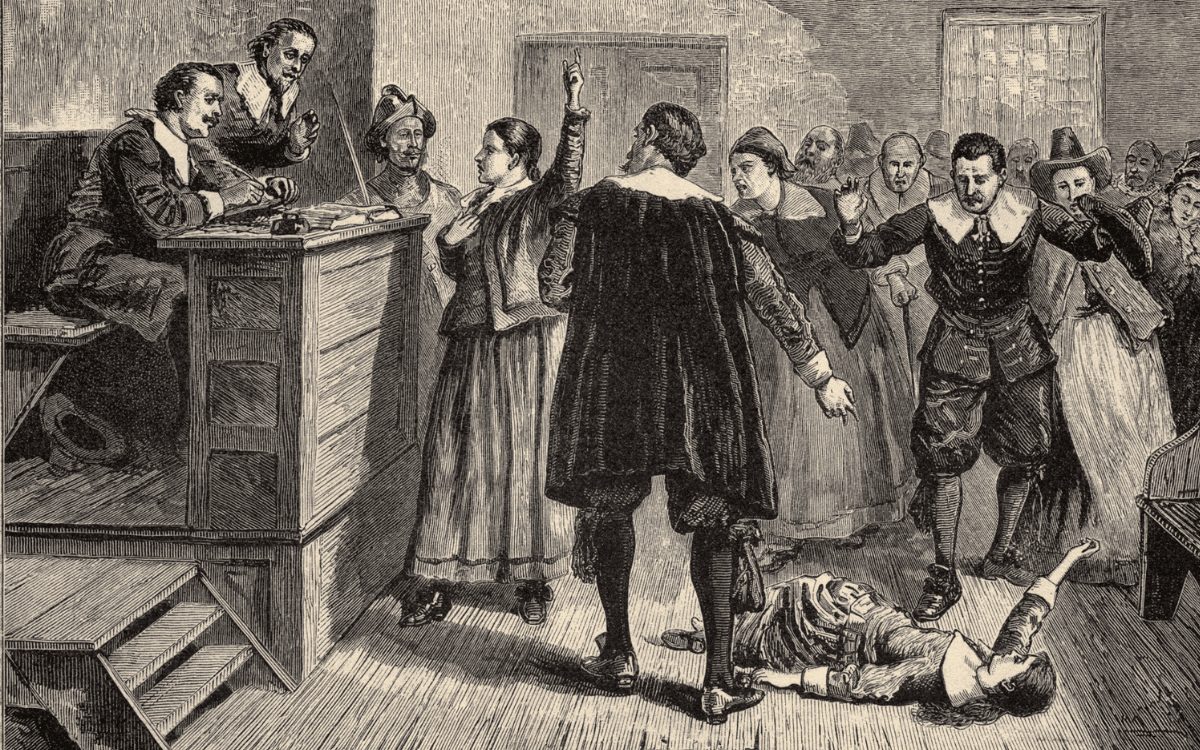Tackling the challenge of classroom groupthink
One of the core challenges of working with young people is how to manage the problem of groupthink. As you might expect, groupthink occurs in a group of people and usually stems from a desire not to upset the balance of the group, or draw attention to your own thoughts or potentially outlier opinions. The result is a conclusion that is drawn and agreed by group consensus without critical reasoning or proper evaluation of the problem.
At best, groupthink can result in a homogenous, narrow-minded opinion; at worst, it can foster extreme and downright dangerous views that go unchallenged. Young people are particularly at risk from groupthink, because their thoughts and opinions are less engrained than their adult counterparts, and it is easy to adopt group consensus, bow to peer pressure, or just go along with their friends. In the positive, they are also however highly receptive to changing their views, and can be challenged in their thinking with positive consequences.

Demonstrating groupthink: a practical exercise to foster critical thinking
We were delighted to come across an excellent exercise for actively demonstrating groupthink to a group of young people. Exploring the topic of the Salem Witch Trials, before introducing the concept of groupthink the exercise is as follows:
- Step 1: Explain to the group that each person in the group will be given a ‘role’ of either a witch, villager, or witch hunter.
- Step 2: Ask the group to question their fellow students to identify witches. Ask them to form groups that do not include a witch, but may include either villagers or witch hunters. Advise them that the largest group in the room that forms without a witch will be the winner.
- Step 3: Privately provide roles to each student, but ONLY assign the role of villager or witch hunter. No witches.
- Step 4: Give the students a set period of time to identify witches, form groups and complete the challenge.
- Step 5: Ask the witches to reveal themselves. As no witches have been assigned, no one should step forward.
During step 4, teachers are likely to see demonstrable evidence of groupthink, in addition to a number of other coercive control issues, with some individuals dominating conversation, and suspicions and alliances arising. Students will experience the realities of groupthink and coercive control, making it easier for the teacher to evidence.
During step 5, the teacher is likely to be met with incredulity. Perhaps accusation that the game has been played wrong, or that certain individuals were definitely witches. At this stage, the teacher can introduce the concept of groupthink and coercive control, as well as critical thinking and questioning what they know. After all, were there really witches at the Salem witch trials, or was it just a case of people believing the bias they’d been told?
Caution
Use with caution: this should be delivered as a facilitated discussion led by a qualified teacher or professional. Students should be encouraged to embrace the roles they are given, but should be moderated and mediated if required.


